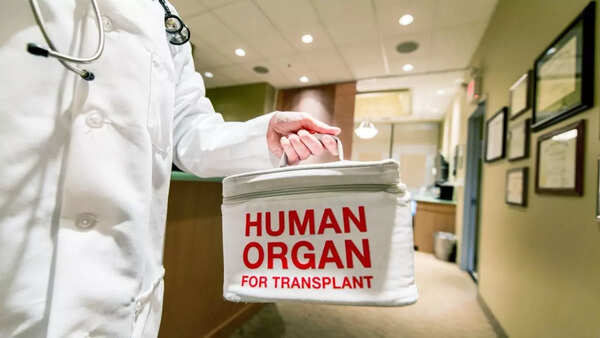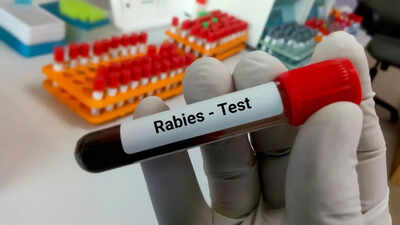- News
- lifestyle
- health-fitness
- health-news
- Michigan resident dies due to rabies post organ donation: From milk to open wound, sources of rabies other than animal bite
Trending
Michigan resident dies due to rabies post organ donation: From milk to open wound, sources of rabies other than animal bite
A Michigan resident dies from rabies after receiving an organ transplant in Ohio, as reported by health authorities. The patient developed rabies symptoms and succumbed to the disease in January. Rabies is highly deadly if not treated promptly, and cases of transmission through organ donations highlight the need for caution.
In an unfortunate incident, a Michigan resident died of rabies after receiving an organ transplant in Ohio, Toledo-Lucas County (Ohio) Health Department reported Wednesday. A viral disease, despite being preventable, rabies almost always kills once it infects the central nervous system and the symptoms appear.
The Michigan Department of Health and Human Services confirmed the report and said the patient who received the transplant in December, died in January. The health agency said that the investigation revealed the unidentified patient contracted rabies through the transplanted organ.
"A public health investigation determined they contracted rabies through the transplanted organ," the Michigan agency said.
Is it possible to contract rabies from organ donation?

What is rabies?
Rabies spreads to people and animals through saliva, usually through bites, scratches, or direct contact with mucosa.
Symptoms
Rabies begin with fever, pain and unusual or unexplained tingling, pricking, or burning sensations at the wound site. But as the virus starts affecting central nervous system, progressive and fatal inflammation of the brain and spinal cord develops. Rabies can be rarely cured, and not without severe neurological deficits.
Symptoms can also differ depending on the type of rabies. While one kills after a few days, the other one slowly develops and eventually turns fatal.
Furious rabies signs include hyperactivity, excitable behaviour, hallucinations, lack of coordination, hydrophobia (fear of water) and aerophobia (fear of drafts or of fresh air). After a few days, patients usually die due to cardio-respiratory arrest.
In case of paralytic rabies, muscles gradually become paralysed, starting from the wound site. A coma slowly develops and eventually death occurs.

Sources of rabies other than animal bite
Raw milk
In a rare case, a woman died after contracting rabies post drinking milk from an infected cow. The Uttar Pradesh woman didn't know the cow was infected. She developed symptoms soon after showing symptoms shortly after. She was thereafter turned away by various hospitals, and subsequently died.

Inhalation of virus-containing aerosols
Between 1956 and 1977, 4 human cases of rabies virus infection were attributed to aerosolized rabies virus, according to the Journal of Infectious Disease. Aerosolized rabies virus refers to rabies particles suspended in the air, which can potentially infect individuals through inhalation in high-risk environments like caves or laboratories.
Through open wound
Nonbite exposures such as contaminated wounds, mucous membranes, or inhalation rarely cause rabies in humans. In the US, only 5 of 154 cases (3%) from 1950 to 1980 resulted from nonbite exposure. Four were linked to aerosolized rabies virus in spelunkers and lab workers, while the fifth involved a cornea transplant from an undiagnosed rabies patient.
Can rabies spread through blood?
Is there any treatment for rabies?
End of Article
FOLLOW US ON SOCIAL MEDIA
Visual Stories
Tired of too many ads?go ad free now











